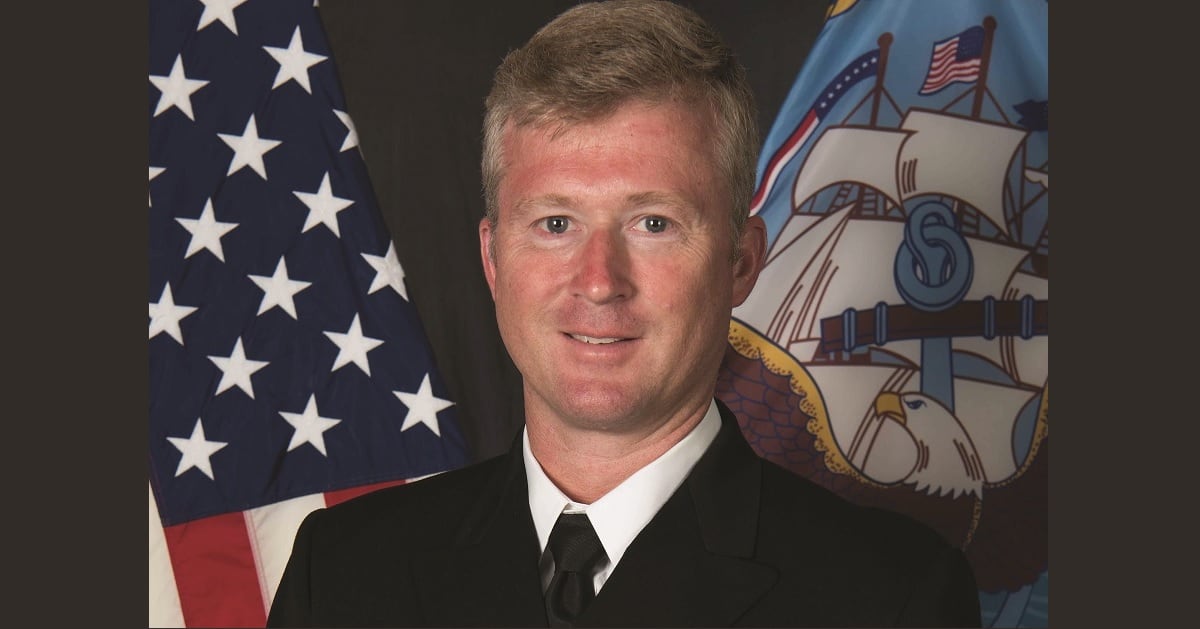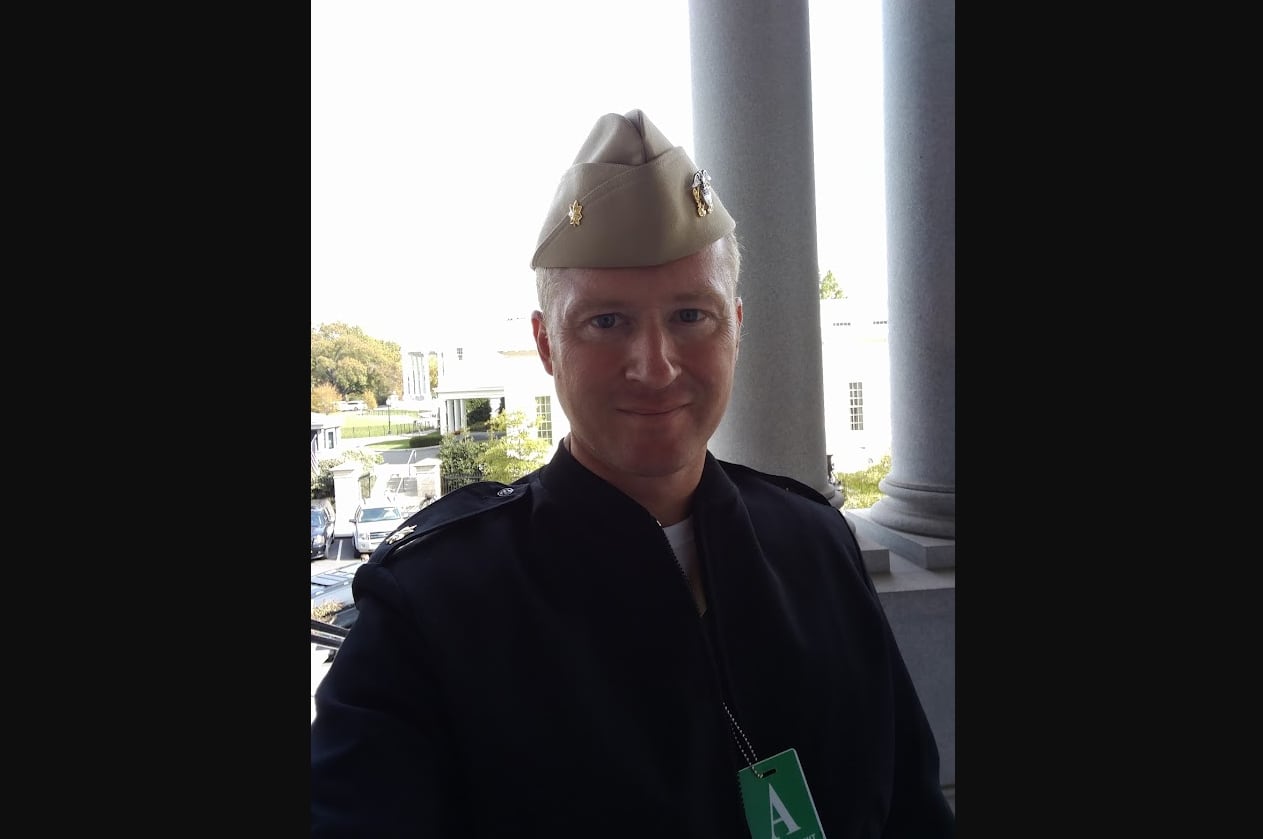Were it not for Navy Cmdr. Niels Olson, the Navy’s response to last year’s COVID-19 outbreak aboard the aircraft carrier Theodore Roosevelt could have been much more difficult.
The soft-spoken pathologist ran Naval Base Guam’s testing laboratory during the chaotic spring and summer months of 2020, when roughly a quarter of TR’s crew caught the coronavirus and the ship sought safe harbor on the island to get its crew healthy again before continuing deployment.
Without the molecular lab that Olson oversaw there, and a data expertise that helped test and track TR sailors there before eventually getting them back onto the ship and out to sea, the task might have been extra daunting at a time of already substantial and evolving difficulty.
Olson’s leadership and his team’s work showcases how critical behind-the-scenes logistics can be in such a situation.
“Preparation is incredibly important,” the Nebraska native told Navy Times. “I didn’t know COVID was coming, but I started getting molecular diagnostics set up in Guam three months before I got sent there, back in 2018.”

Without that molecular lab to process COVID tests, which he initially stood up for dengue fever testing, things might have gone different.
“I kind of wonder if they would’ve sent [TR] somewhere else if we didn’t have a molecular capability in Guam,” Olson added.
Olson deferred any praise for his efforts in helping the Navy respond to its biggest COVID outbreak and instead praised the men and women under his command in the lab.
“All my sailors knew what to do,” the 45-year-old married father of two said. “They knew why they were doing it and they didn’t need any extra motivation. They took care of the problem, I just happened to be the guy in the office.”
Olson left Guam late last summer and is now assigned to the Defense Innovation Unit in California.
He recalled seeing the COVID stormfront approaching in early 2020 and he soon realize the lab he had stoop up would be well-suited for any battle against the novel coronavirus.
Olson began specialized training for his team by February of last year and soon realized that COVID was going to be a problem.
“This is the thing we’ve all been waiting for,” he said. “There was no version of events where I was not going to do everything I could to prepare.”
Throughout the first part of 2020, Olson made sure he was sufficiently supplied to process all the polymerase chain reaction, or PCR, tests the Navy needed to test TR sailors on Guam.
The PCR test, performed by sticking a long swab deep into a patient’s nose, detects genetic material from viruses.
“I knew all the things I needed to order, getting them to Guam was going to be the hard problem,” he said. “There’s no backup on the island. You can’t just call the ICU doc in north Philadelphia and drive down to south Philadelphia. There’s two ICU docs on the whole island.”

As the stricken TR pulled in, questions arose about testing processes and where sailors would stay when they were moved off ship.
“All these things start coming out real fast,” Olson recalled. “You put 5,000 people on an island…you’ve just increased the population of the island by a measurable percentage.”
He soon was contacted by the Defense Digital Service, a Pentagon department full of software developers, engineers and data scientists.
Data would be critical to understanding the TR infections, and Olson worked with DDS in fast-tracking a secure website which contained a survey for quarantined sailors, where they could fill out a questionnaire regarding symptoms and other matters each day.
This allowed teams to cross reference survey data and testing data.
In such an environment, ensuring data is uniformly collected was paramount, he recalled.
“The data we set up in that survey, we intentionally and concretely made sure it was well-structured data,” Olson said. “Everyone was going to get the same questions. Make sure your data looks the same.”
At one point, Olson’s lab team was running tests for 1,000 sailors a day before they could return to the ship, a process that required two negative tests in a row, separated by four days.
To top it all off, Olson was supposed to be leaving Guam in July, but the lab work pushed that departure off by a month.
He also was instrumental in a U.S. Centers for Disease Control and Prevention study of TR infections, which gave the scientific world a better understanding of the disease.
Olson said he eschewed any big rallying pep talks with his sailors and instead just tried to lead by example.
“I was in early and out late,” he recalled. “Everybody knew. You didn’t need any messaging.”
“We run the lab,” he added. “Congratulations, we have a big lab problem. This is what you signed up for. Get after it.”



